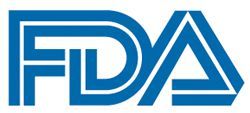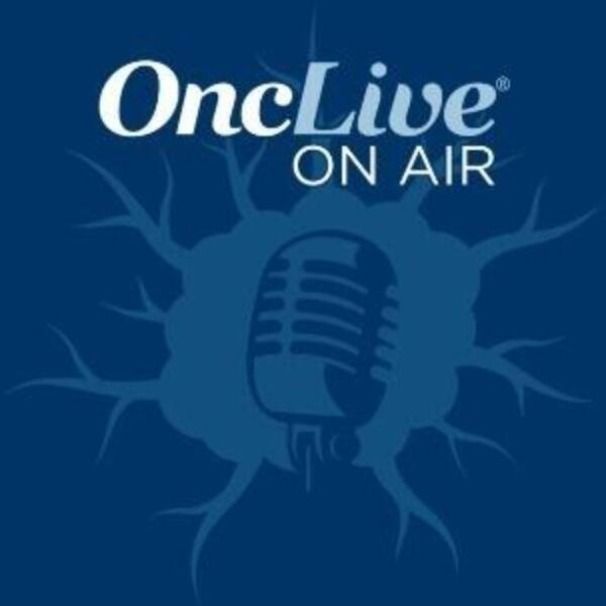Article
FDA Approval Sought for Cilta-cel in Relapsed and Lenalidomide-Refractory Multiple Myeloma
Author(s):
A supplemental biologics license application seeking the approval of ciltacabtagene autoleucel for use in adult patients with relapsed and lenalidomide-refractory multiple myeloma who have previously received at least 1 line of therapy, including a proteasome inhibitor and an immunomodulatory agent, has been submitted to the FDA.

A supplemental biologics license application seeking the approval of ciltacabtagene autoleucel (cilta-cel; Carvykti) for use in adult patients with relapsed and lenalidomide (Revlimid)-refractory multiple myeloma who have previously received at least 1 line of therapy, including a proteasome inhibitor (PI) and an immunomodulatory agent (IMiD), has been submitted to the FDA.1
The application is supported by findings from the phase 3 CARTITUDE-4 study (NCT04181827) which showed that a median follow-up of 15.9 months (range, 0.1-27), cilta-cel resulted in a 74% reduction in the risk of disease progression or death vs standard-of-care treatment with pomalidomide (Pomalyst), bortezomib (Velcade), and dexamethasone (PVd) or daratumumab (Darzalex), pomalidomide, and dexamethasone (DPd).2,3
The median progression-free survival (PFS) with the CAR T-cell therapy (n = 208) was not yet reached (NR; 95% CI, 22-not estimable [NE]) vs 11.8 months (95% CI, 9.7-13.8) with SOC (n = 211; HR, 0.26; 95% CI, 0.18-0.38; P < .0001). The 12-month PFS rates in the investigative and control arms were 76% and 49%, respectively.
“The submission brings us one step closer to potentially helping more patients facing relapsed and refractory multiple myeloma, as we continue to explore the potential of [cilta-cel] in earlier lines of treatment,” Ying Huang, PhD, chief executive officer of Legend Biotech, stated in a press release. “The prospect of bringing this vital treatment option to more patients excites us, and we remain committed to working with the US FDA and our partner, Janssen, to help patients with multiple myeloma around the world.”
Patients with multiple myeloma who previously received 1 to 3 prior lines of treatment, including a PI and an IMiD, who were lenalidomide refractory, were enrolled to CARTITUDE-4. To be eligible, they were required to be at least 18 years of age and to have an ECOG performance status of 0 or 1. They could not have previously received CAR T-cell therapy or a BCMA-targeted therapy.
Study participants were randomly assigned 1:1 to the cilta-cel or SOC arm, where they were given PVd or DPd per physician’s choice. In the CAR T-cell therapy arm, patients were given at least 1 cycle of bridging therapy with PVd or DPd after apheresis. They then received lymphodepletion comprised of 300 mg/m2 of cyclophosphamide and 30 mg/m2 of fludarabine daily for 3 days. Five to 7 days after, cilta-cel was administered at a target dose of 0.75 x 106 CAR+ T cells/kg. Of note, those in the investigative arm received the same treatment as those in the SOC arm during the bridging phase prior to infusion with cilta-cel.
Key stratification factors included choice of PVd or DPd, International Staging System (ISS) stage, and number of previous lines of treatment.
The primary end point was PFS, and secondary end points comprised overall response rate (ORR), complete response (CR) or better rate, minimal residual disease (MRD) negativity rate, overall survival (OS), safety, and patient-reported outcomes.
Baseline characteristics were well balanced between the treatment arms. The median age across the arms was 61.3 years (range, 27-80), and the majority of patients were male (57.3%), White (75.0%), had an ECOG performance status of 1 or less (99.5%), and ISS stage I disease (64%). The median prior lines of treatment received across the arms was 2 (range, 1-3), with 32.5% having received 1 prior line, and 68% having received 2 or 3 prior lines of therapy.
Notably, 25.5% of those in the cilta-cel arm were triple-class exposed and 6.7% were penta-drug exposed; these rates were 26.1% and 4.7%, respectively, in the SOC arm. Moreover, 14.4% vs 15.6% of patients were triple class refractory. Specifically, 26.4%, 3.8%, and 23.1% of patients who received the CAR T-cell therapy were refractory to bortezomib, pomalidomide, or daratumumab, respectively; in the SOC arm, these rates were 22.7%, 4.3%, and 21.3%, respectively. About half of patients in both arms (49.5% and 45.5%) were refractory to any PI.
PFS benefit with cilta-cel over SOC was observed spanning all prespecified subgroups, irrespective of whether patients received 1 prior line of therapy (HR, 0.35; 95% CI, 0.19-0.66) or 2 or 3 lines of therapy (HR, 0.24; 95% CI, 0.16-0.37).
The CAR T-cell therapy induced an ORR of 84.6% vs 67.3% with SOC (odds ratio [OR], 3.0; 95% CI, 1.8-5.0; P < .0001). In the investigative arm, 58.2% had a stringent CR and 14.9% had a CR; these rates were 15.2% and 6.6%, respectively, in the control arm. The median duration of response in the cilta-cel and SOC arms was NR and 16.6 months (95% CI, 12.9-NE), respectively.
In the overall intention-to-treat population, most patients who received the CAR T-cell therapy achieved MRD negativity at a 10-5 sensitivity, at 60.6% vs just 15.6% with SOC (OR, 8.7; P < .0001). Of the 144 MRD-evaluable patients in the cilta-cel arm, 87.5% achieved MRD negativity compared with 32.7% of the 101 MRD-evaluable patients in the SOC arm.
OS findings were immature at the time of data cutoff (HR, 0.78; 95% CI, 0.5-1.2; P = .26).
All patients in both arms experienced at least 1 any-grade adverse effect (AE). The rates of grade 3/4 AEs were 96.6% in the cilta-cel arm and 94.2% in the SOC arm. Any-grade serious AEs occurred in 44.2% and 38.9% of patients, respectively, and rates of grade 3/4 serious AEs were 32.2% and 33.7%, respectively.
More than half (76.1%) of patients who received cilta-cel experienced any-grade cytokine release syndrome (CRS), with 1.1% of these events being grade 3/4 in severity. The median time to CRS onset was 8 days, and the median duration was 3 days. All CRS cases resolved. Immune effector cell–associated neurotoxicity syndrome (ICANS) was experienced by 4.5% of patients, with no grade 3/4 events observed. The median time to ICANS onset was 10 days, the median duration was 2 days, and this toxicity was resolved in all patients.
References
- Legend Biotech announces submission of supplemental application to the US FDA for expanded use of CARVYKTI (ciltacabtagene autoleucel). News release. Legend Biotech Corporation. June 6, 2023. Accessed June 7, 2023. https://legendbiotech.com/legend-news/legend-biotech-announces-submission-of-supplemental-application-to-the-u-s-fda-for-expanded-use-of-carvykti-ciltacabtagene-autoleucel-2/
- Dhakal B, Yong K, Harrison SJ, et al. First phase 3 results from CARTITUDE-4: Cilta-cel versus standard of care (PVd or DPd) in lenalidomide-refractory multiple myeloma. J Clin Oncol. 2023;41(suppl 17):LBA106. doi:10.1200/JCO.2023.41.17_suppl.LBA106 San-
- Miguel J, Dhakal B, Yong K, et al. Cilta-cel or standard care in lenalidomide-refractory multiple myeloma. N Engl J Med. Published online June 5, 2023. doi:10.1056/NEJMoa2303379








